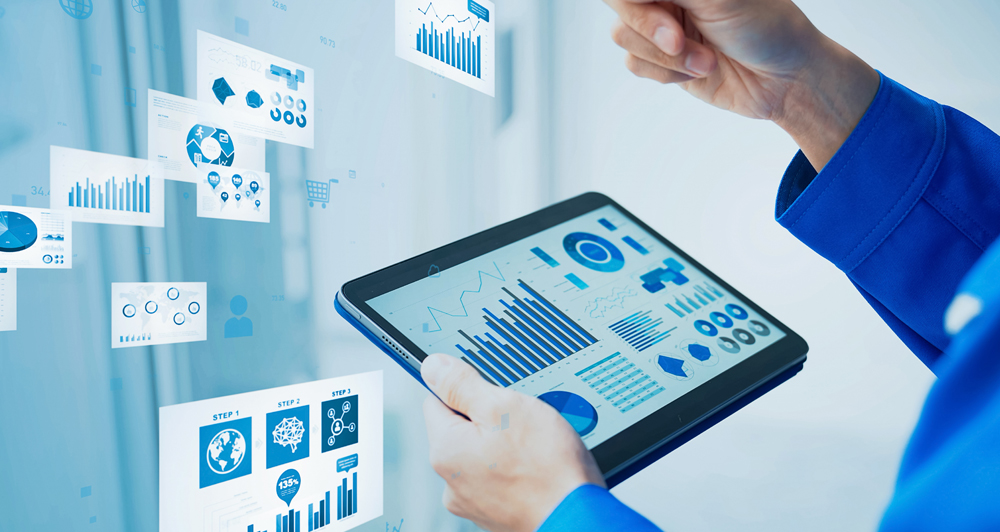The Future of Environmental Rooms: Smart Technology and Integration
05/08/2025
Share this article on LinkedIn ![]()

In industries where precision is critical, such as pharmaceuticals, biotechnology, and industrial manufacturing, environmental rooms play a vital role in maintaining controlled conditions for research, product stability, and regulatory compliance. As smart systems, automation, and Internet of Things (IoT) technologies rapidly advance, they are reshaping how these controlled environments operate.
The future of environmental rooms is one of increased efficiency, real-time monitoring, enhanced automation, and predictive maintenance. Successfully integrating new technologies will help companies achieve higher accuracy, reduce energy consumption, and streamline operations. At the same time, these advancements must be utilized while maintaining strict data control and isolation from outside interference.
IoT-Enabled Environmental Rooms: Real-Time Monitoring & Remote Access
One of the most significant advancements in environmental rooms is the integration of IoT sensors and cloud-based monitoring systems. Traditional environmental rooms rely on manual data logging and periodic checks. With IOT sensors, facilities can now:
- Continuously track temperature, humidity, airflow, and pressure
- Send instant alerts when conditions deviate from set parameters
- Record performance data
Leveraging IoT can help businesses ensure consistent environmental conditions without requiring on-site personnel 24/7, allowing them to meet industry regulations while promoting efficiency and cutting operational costs.
AI-Driven Predictive Maintenance and Energy Optimization
Unplanned equipment failures can lead to downtime, regulatory violations, and product loss. AI-powered predictive maintenance analyzes real-time data to detect patterns that indicate potential system failures. Potential benefits include:
- Early detection of HVAC or refrigeration issues and early maintenance suggestions, reducing costly breakdowns
- Automated adjustments to optimize energy consumption
- Maximized equipment uptime
- Elimination of emergency disruptions
- Minimized employee fatigue
- Confidence and peace of mind when storing high-value products
Using AI-driven insights, environmental rooms can be monitored from the optimal baseline operation, signaling any deviation and giving maintenance recommendations. This can promote energy-efficient operation, lowering long-term costs and/or reducing the carbon footprint of the chamber. At Environmental Specialties (ES), we provide OverShield as an optional upgrade to our environmental rooms and chambers (as well as competitor equipment), which features AI-powered predictive monitoring and maintenance suggestions.
Digital Twins: Virtual Models for Environmental Optimization
Another transformative innovation in environmental controls is digital twin technology. A digital twin is a real-time replica of a facility or environmental room that allows businesses to simulate, monitor, and optimize conditions before making real-world adjustments.
Digital twins can help optimize environmental rooms through:
- Predictive Failure Prevention: Digital twins simulate potential equipment malfunctions, allowing for preemptive repairs.
- Enhanced Compliance Tracking: Organizations can promote continuous adherence to regulatory standards through real-time data logs.
- Energy Optimization: Virtual modeling helps identify areas where energy usage can be reduced without compromising performance.
- Scenario Testing: Companies can test different environmental conditions virtually before implementing changes in the physical space.
By integrating digital twins, businesses can move from reactive troubleshooting to proactive environmental control, promoting greater reliability and efficiency.
Integration with BMS for Unified Control
As facilities become more complex, environmental rooms are being integrated into building management systems (BMS) for centralized monitoring and control. This allows for:
- Synchronization with HVAC, lighting, and security systems to optimize energy use
- Automated airflow and pressure adjustments to prevent contamination risks
- Remote diagnostics and system-wide data analysis for enhanced operational oversight
Smart Refrigeration and Sustainable Cooling Innovations
Maintaining stable temperature conditions is crucial in controlled environments, but traditional refrigeration methods consume significant energy. Innovations in smart cooling technologies now provide:
- Eco-friendly refrigerants to help reduce environmental impact
- Environmental Specialties offers A2L in compliance with the new EPA regulations
- Adaptive insulation materials that help maintain consistent temperatures with less energy
By adopting sustainable cooling solutions, businesses can lower energy costs while maintaining strict environmental control.
How We Can Help
At ES, we specialize in designing, engineering, and building high-precision and high-complexity environmental rooms and chambers. They are equipped with cutting-edge smart technology such as predictive monitoring software from OverShield. Our solutions help enhance efficiency, reduce risks, and offer EPA-compliant, sustainability-focused refrigerants such as A2L. As environmental room technology continues to accelerate, you can count on us to keep pace, bringing you the latest innovations and advancements.
Sources
Thermally adaptive walls for buildings applications: A state of the art review - ScienceDirect
UV Disinfection Robots: A Review - ScienceDirect
A literature review on transformative impacts of blockchain technology on manufacturing management and industrial engineering practices - ScienceDirect